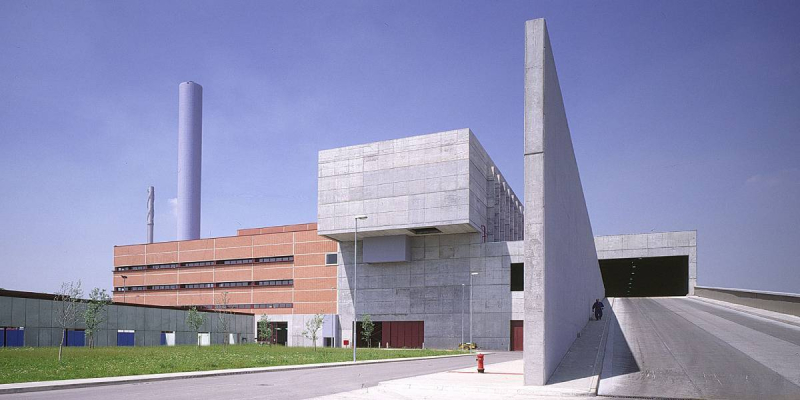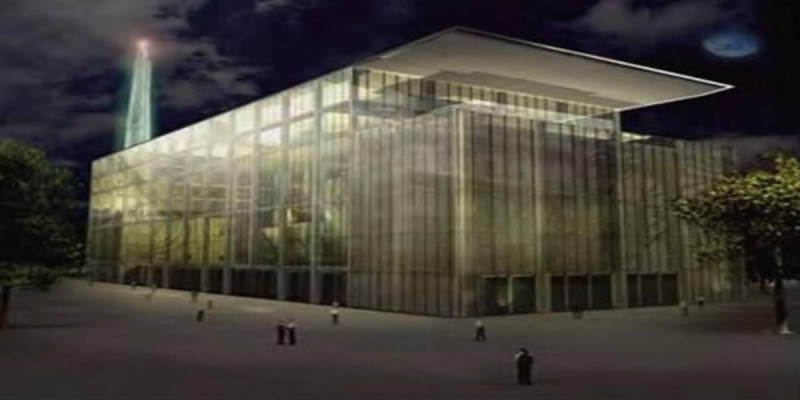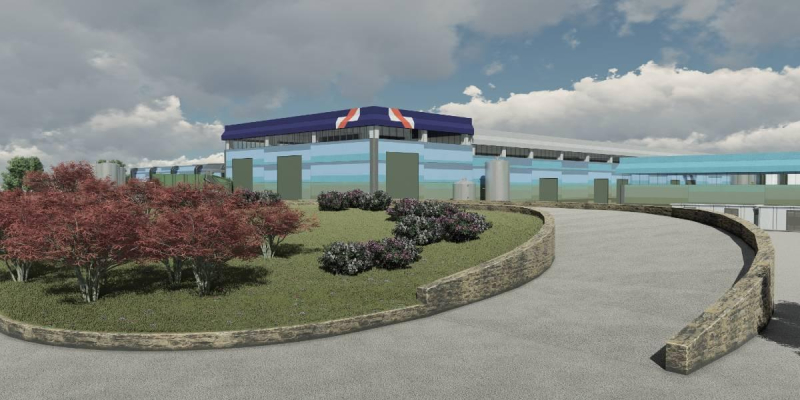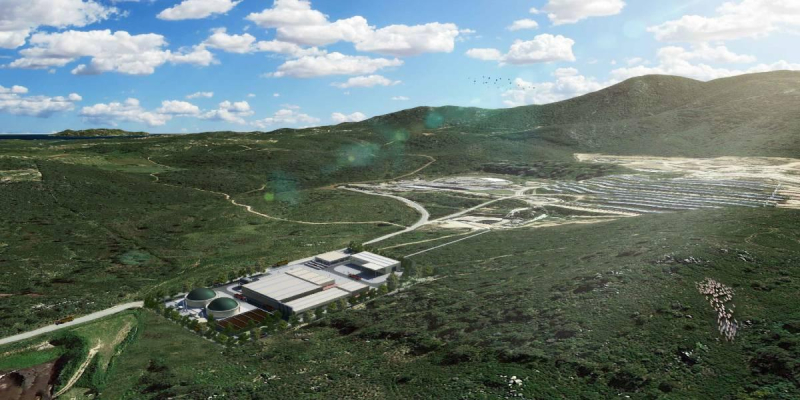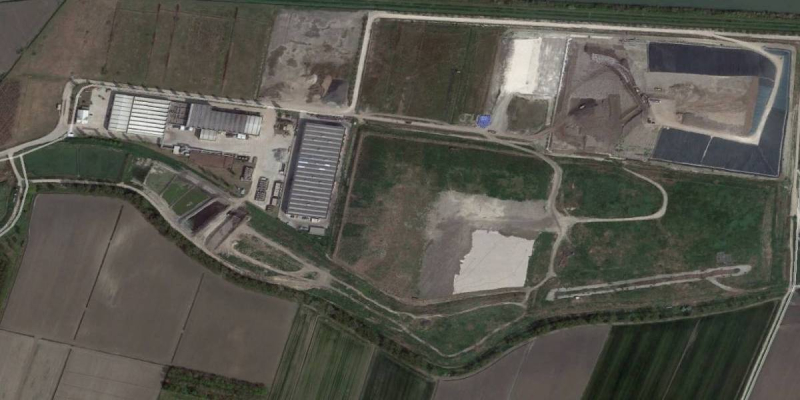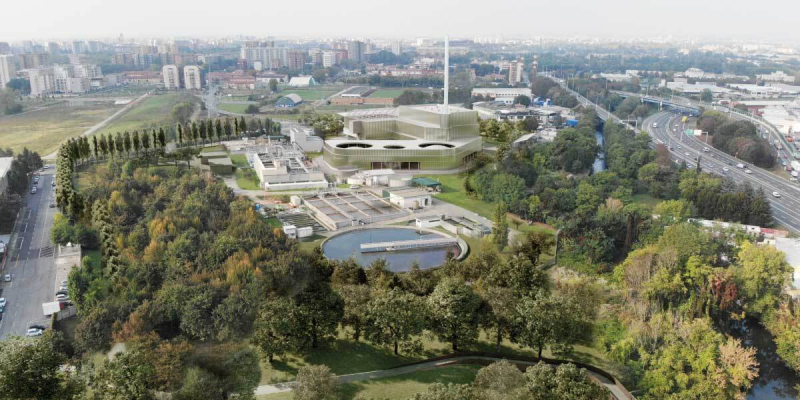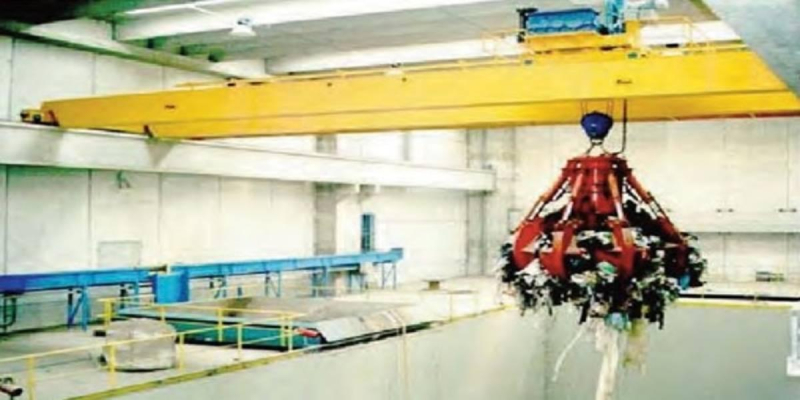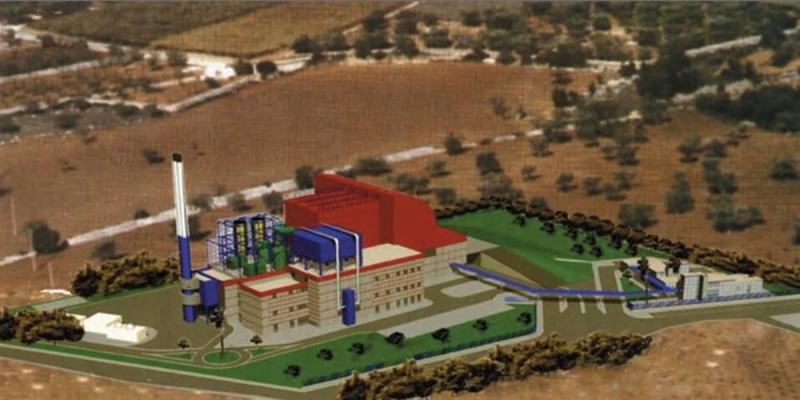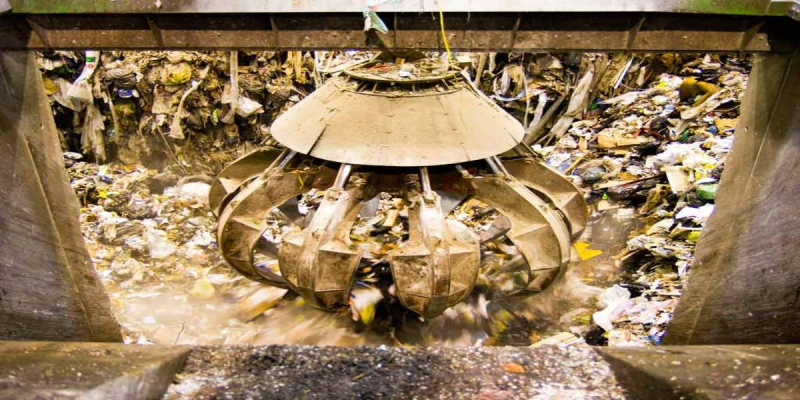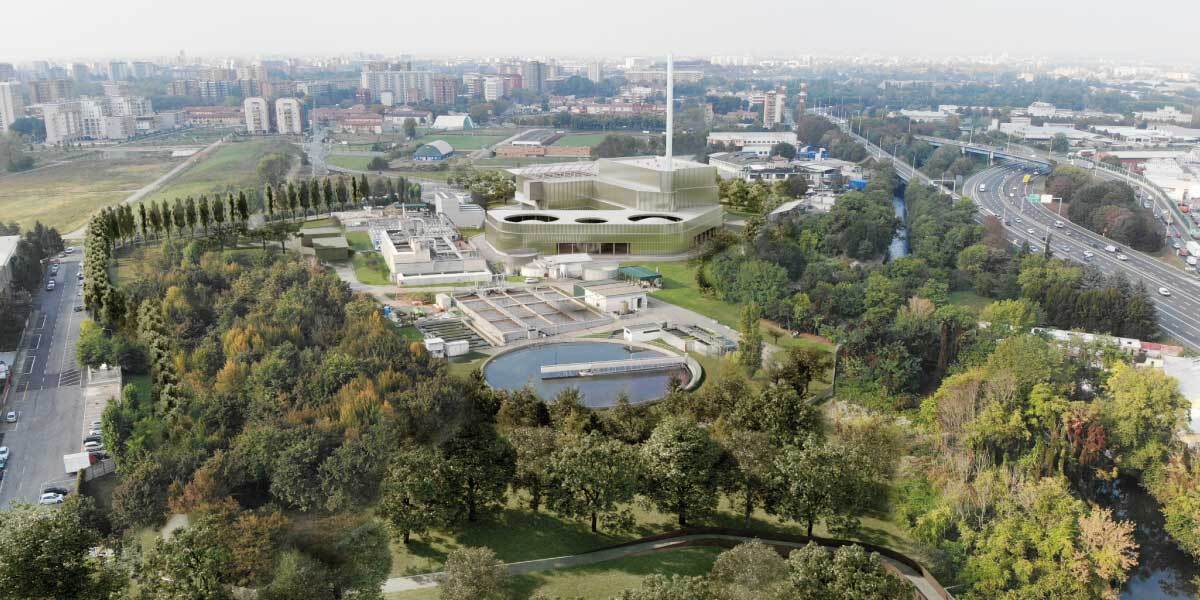
Waste treatment Waste to energy plants
Waste to Energy Plant from Urban Biodegradable Waste and Sludges from WWTP e Exhaust Fumes Treatment System Biopiattaforma Cap (Italy)
The project aims at creating a new synergic facility which will transform about 30.000 tons/y of organic urban waste into natural biogas and fertilizers, and 65.000 tons/y of WWTP surplus sludges into electrical and thermal energy. The plant will be built in place of the dump site for urban waste incinerator of Sesto San Giovanni (municipality located in the north-east urban area of Milan), strengthening the ever-increasing efficiency of separate waste collection of the area. The project will also make it possible to close the water cycle of the integrated water service, by thermally treating the waste.
The detailed design has developed on the basis of the tender project, which will permit to build the new integrated plant. The service has been performed on BIM Revit platform, including detailed design, clashes detection and analysis, 4D and 5D (work schedule and cost monitoring integrated within the model).
The design covers also the architectural design of the plant, which is characterized by a special architectural cladding in aluminum panels disposed in vertical bands, with alternating colors of reflective aluminum and bright green, interposed between the horizontal registers of various heights of the curtain walls. The activities have been covering also some plant facilities, such as sewers and civil electrical and mechanical systems. Lastly, Technital has been in charge for the coordination of all the 3D BIM disciplinary models of the JV, managing out the clash detection processes and the implementation of the 4D and 5D models.
The processes developed inside the plant can be reconducted into two principal lines, described as the following:
- OFMSW (Organic Fraction of Municipal Solid Waste) treatment / Biogas production line:
Consisting in a specific waste delivery area for this type of waste, where the vehicles – weighted at the entrance – unload their content into a waste pit of about 800 m3. The unloading is carried out inside a closed environment, provided with an air-aspiration system, which transports the exhausted air to a chemical and biological treatment system, composed of scrubbers and biofilters. All the areas where the waste is stored are provided with this air-aspiration system. Operating machines take care of the movement inside the plant, thus reducing the accidental dispersion of waste. A mechanical shovel moves the OFMSW to the mechanical pre-treatment section for separating the liquid fraction, which is sent to the subsequent process of anaerobic digestion. Through this process the biogas is produced, which is treated in an upgrading system and finally fed into the municipality distribution network.
- Waste-to-energy treatment of sewage sludge line:
The core of this treatment line (furnace/boiler units) is located next to the mechanical OFMSW pre-treatment section, inside the main industrial shed of the plant. Even for this line there is a specific delivery area, another waste pit for dehydrated sludges of about 1000 m3 and an assigned silo of 100 m3 for dried sludges. Vehicles which bring dehydrated sludges, from several WWTP managed by CAP Holding, unload their content into the pit inside a closed environment with an air-aspiration system, the same which treat all the exhausted air from several location of the plant. Vehicles which transport dried sewage sludges, instead goes to the dedicated location and discharge their load into the silo using a hydraulic system.
Dehydrated and dried sewage sludges, through specific equipment, are dynamically mixed together to form a well-defined mix, which is ready to be burned into the furnace. The furnace is initially pre-heated by methane burners but, after the start-up phase, it is self-powered by granting the designed constant calorific value of the mix at the inlet. The thermal energy released by the combustion goes inside the boiler, which convert the energy into superheated steam. This is used in several ways inside the plant:
- Firstly, it is used to heating anaerobic digesters, saving an enormous amount of energy that would be needed to run this process;
- Part of the superheated steam is used for drying the dehydrated sludges inside the rotary drum dryer, before these are mixed with the dried sludge arriving from the dedicated storage silo;
- The residual energy contained in the superheated steam it is used in the energy recovery system. This consist of a steam turbine, with a power peak of 650 MW which are converted into electrical energy, and of a heat exchanger that feeds the municipal district heating network.
Once reached the boiler outlet, the flue exhausts are convoyed into the dedicated treatment line. This line is part of a separate contract but has been integrated and designed within the whole plant. It is composed of a sequence of sleeve filters and cyclones, followed by DeNOx catalysts, which permits of separate ashes and reduce the pollutants inside the flues. The line is equipped with reagents storage and dosage systems and with silos for the storage of ashes, which are brought to disposal or reuse centers at pre-established intervals.
In the end, the treated exhaust flues are analysed in an emissions monitoring unit and are expelled into the atmosphere through the new chimney.
This chimney is 70 meters high and has an external diameter of 2.3 meters. It is made of self-supporting steel blocks and the exterior is characterized by an atmospheric grey to silver-blue color.
As far as the environmental aspects are concerned, the design has focused its attention on the proximity of the site to the river Lambro.
New and modified perimeter walls have been designed to ensure hydraulic defence for new structures and equipment. The planned interventions also include the raising of an embankment section of the river, to prevent flooding of the area nearby the plant in case of extreme flood events.
The project also aims at minimising the environmental impacts related to the construction and to integrate the future plant within the larger area of the Lambro river park. Mitigation effects are achieved through the planting of various of trees of the species characteristics of the area.
Client
CAP HOLDING S.p.A.
Location
Milan, Italy
Services
Detailed Design
Cost of works
Euro 37,665,215


